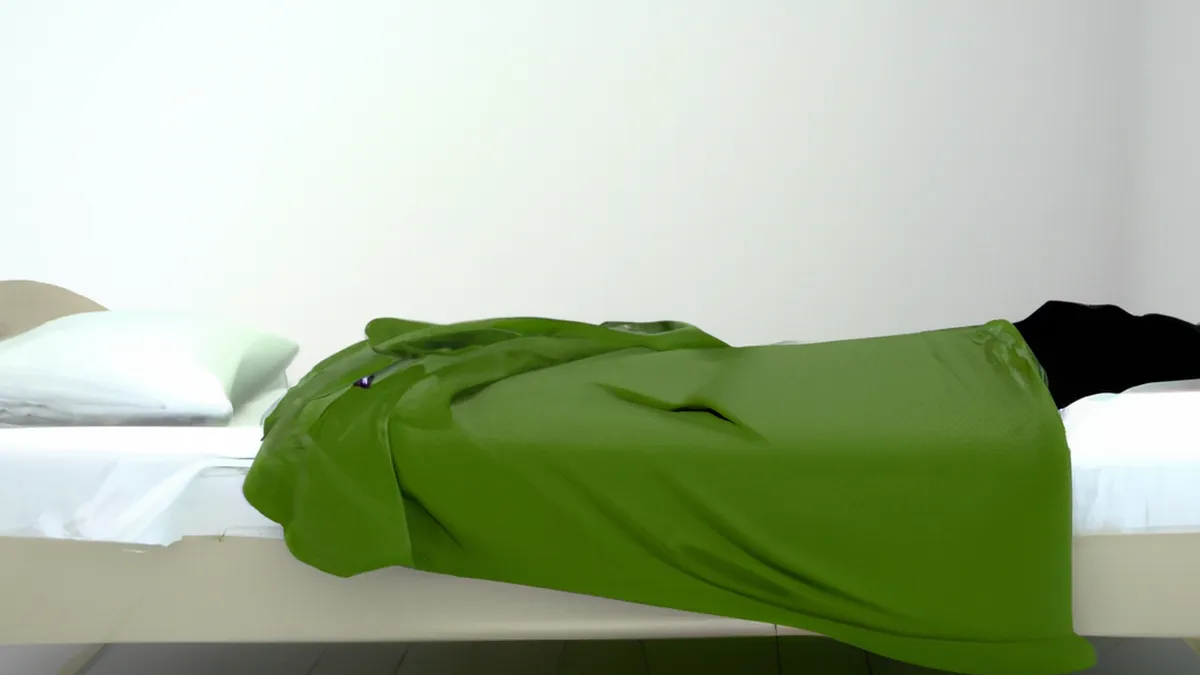Tap into Recovery Benefits of Power Naps
The Connection Between Napping and Enhanced Athletic Recovery
Athletes frequently push their bodies to the limit with intense training and competition. Recovery plays a crucial role in preventing injuries and enhancing performance. Napping often gets overlooked as a recovery method, yet it can significantly boost athletic recovery and overall performance.
Why Napping Matters for Athletes
Napping recharges the body, making it essential for an athlete’s training routine. During sleep, the body repairs muscles and regenerates tissues. Growth hormones released during sleep aid muscle repair and development. Therefore, naps enhance these recovery processes.
Research indicates that even short naps improve cognitive function. For athletes, better focus, quicker reactions, and improved decision-making arise from well-rested minds. When athletes rest adequately, they often perform better, both physically and mentally.
Napping also reduces fatigue, which negatively impacts performance. Fatigue decreases strength and endurance. A quick nap refreshes athletes, helping them regain energy before the next training session or competition.
The Science Behind Napping and Recovery
Multiple studies illustrate the link between napping and athletic recovery. One study in the Journal of Sports Sciences demonstrated that napping improved muscle recovery. Athletes who napped reported less muscle soreness and performed better in subsequent workouts compared to those who skipped naps.
Napping also lowers stress levels and reduces cortisol production. High stress hinders recovery and performance. By using naps as a recovery tool, athletes can reduce stress and create a better recovery environment.
Additionally, napping enhances mental focus and cognitive performance. A study at the University of California showed that participants who napped excelled in attention and concentration tasks. For athletes, improved cognitive function proves critical during high-pressure competition moments.
Tips for Effective Napping
To maximize napping benefits, athletes should adopt effective strategies:
1. Choose the Right Time
Timing significantly impacts napping effectiveness. The best time to nap usually falls between 1-3 PM. This period aligns with the body’s natural circadian rhythms. Napping too close to bedtime can disrupt nighttime sleep, so athletes must plan naps wisely.
2. Keep It Short
Aim for naps lasting between 20-30 minutes. Short naps enhance alertness and improve performance.
Conclusion
Napping offers substantial benefits for athletic recovery and performance. Athletes should integrate effective napping strategies into their training regimens.
Below are related products based on this post:
FAQ
How does napping improve athletic recovery?
Napping enhances athletic recovery by recharging the body, allowing for muscle repair and tissue regeneration. During sleep, growth hormones are released, which aid in muscle development. Additionally, naps improve cognitive function, helping athletes maintain focus and quick decision-making, ultimately leading to better performance.
What is the ideal duration and timing for a nap?
The ideal duration for a nap is between 20-30 minutes, as this length helps improve alertness without causing grogginess. The best time to nap is typically between 1-3 PM, aligning with the body’s natural circadian rhythms and avoiding disruptions to nighttime sleep.
What are the cognitive benefits of napping for athletes?
Napping provides significant cognitive benefits for athletes, including enhanced attention, quicker reactions, and improved decision-making skills. Research shows that athletes who take naps perform better in high-pressure situations, as they have better mental focus and concentration.















Post Comment